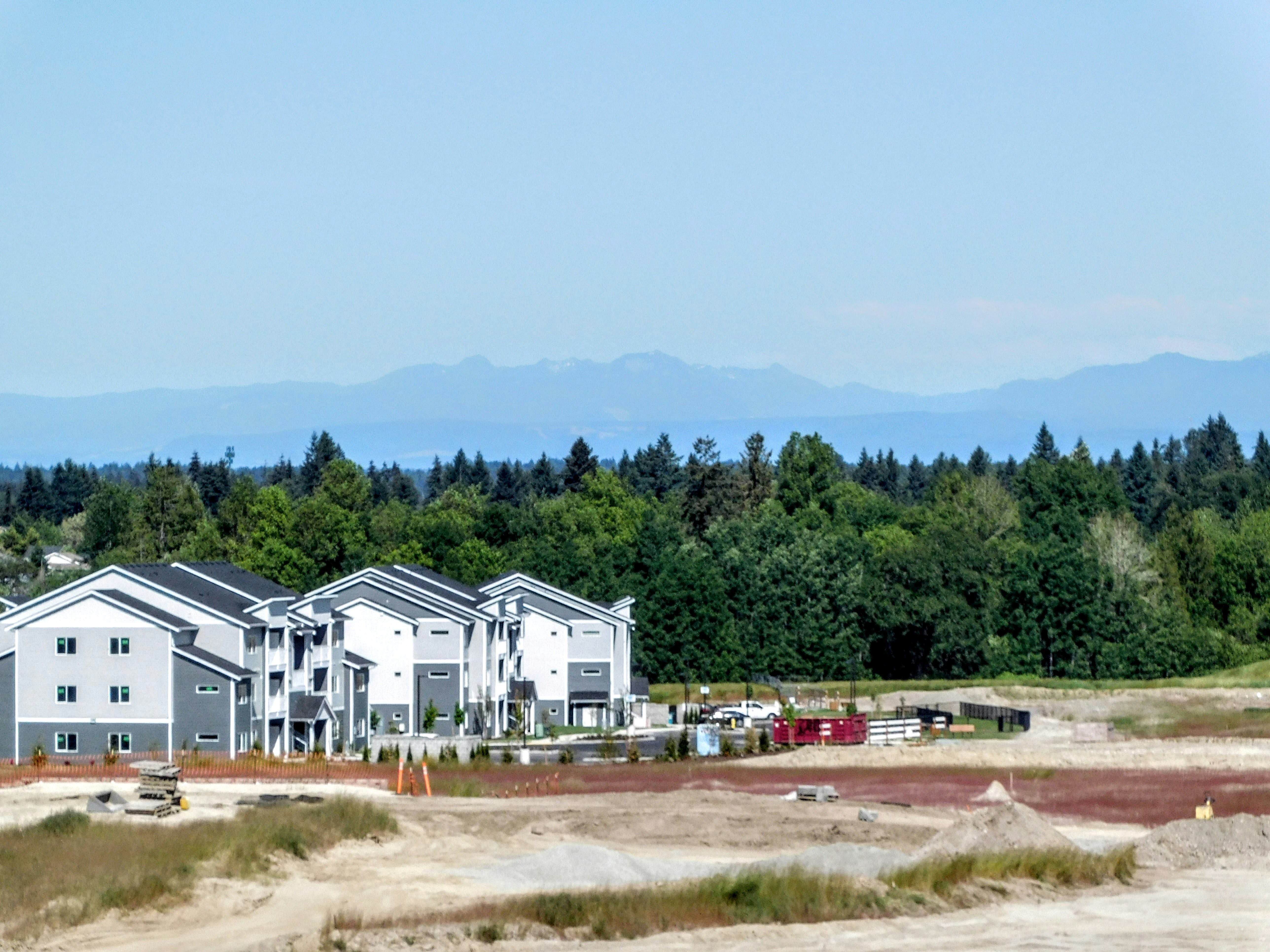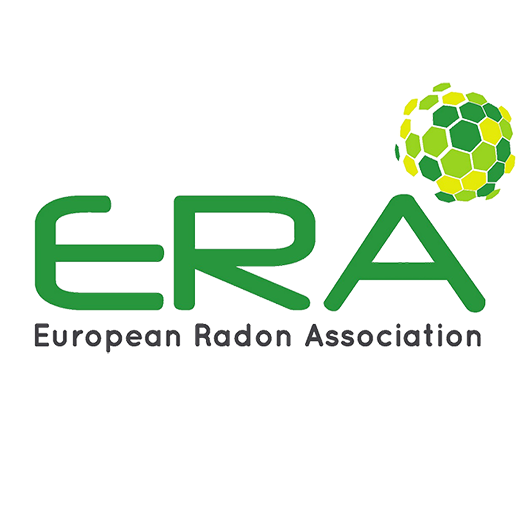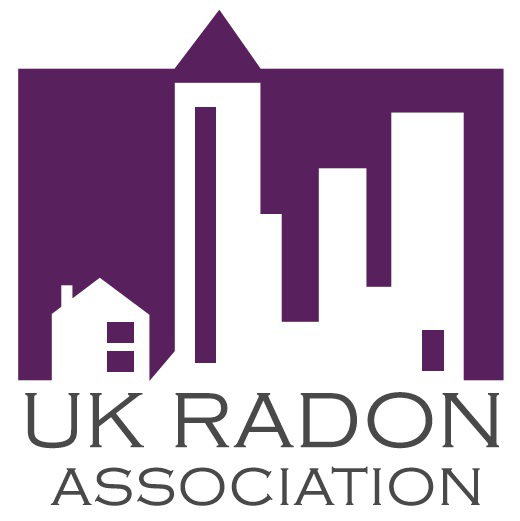Radon is a radioactive gas that cannot be seen, smelled, or tasted, yet it is the second leading cause of lung cancer after smoking. According to the World Health Organization (WHO), radon is responsible for between 3% to 14% of all lung cancer cases in a given country, depending on average radon levels and smoking prevalence in the population.
To understand and manage the problem, it is important to know where radon comes from, how it is measured, and what actions can be taken. However, one key message remains: radon is radon. Regardless of its source, the health impact is the same, and the overall exposure over time determines the risk.
Three Main Sources of Radon
Radon can originate from several places, but the ground is by far the most common source.
The ground – the biggest culprit
Soil radon accounts for the majority of elevated indoor radon levels in homes. Radon gas is naturally produced when uranium and radium in bedrock breaks down and decays. Areas with uranium-rich bedrock or permeable soils, such as sand and gravel, have a particularly high risk. Through cracks and leaks in building foundations, radon can seep indoors and accumulate where occupants then inhale it as they breathe.
Building materials – especially aerated concrete (“blue concrete”)
A large number of Swedish houses built between 1929 and 1975 may have elevated radon levels due to the use of a building material known as “blue concrete.” This material contains radium, which decays and releases radon. The problem is especially pronounced in walls and floor structures covering large surfaces. Combined with soil radon, blue concrete can contribute to high indoor concentrations. In Sweden, about 15 percent of elevated radon levels are attributed to blue concrete.
Other building materials such as sandstone, brick, natural stone, gypsum, and granite contain naturally occurring radioactive elements that can break down or decay into radon gas. However, according to the United States CDC, it is suggested that radon emitted from these materials is normally low.
Household water – a smaller but possible source
Radon in household water is mainly found in private drilled wells. When the water is used, for example, during showering, laundry, or dishwashing, radon is released into the indoor air, potentially raising indoor levels. Radon in municipal water supplies is typically not a major issue.
Different Sources Require Different Measurement Methods
Since radon can have multiple origins, different methods are needed for an accurate assessment.
- Long-term indoor radon in air measurement is the most reliable method. It is conducted over at least 60 days, preferably during the heating season (October 1–April 30), and provides an annual average that can be compared to the action levels set by country.
- Short-term measurements are often used during property transactions or for quick checks but should always be followed up with a long-term measurement. Options include 2-day professional instrument-based tests (common when buying or selling a house) or a short-term detector measurement.
- Water measurement involves following specific instructions for carefully taking a water sample and sending it to a laboratory for radon analysis.
- Technical building inspections may be required to determine the dominant source of radon.
Radon is Radon – The Health Risks Are the Same
From a health perspective, it makes no difference whether radon comes from soil, building materials, or water. The radioactive gas affects the lungs in the same way, and what matters is the total exposure over time. The key is to measure, understand the results, and take action where necessary.
Indoor radon limits are set by individual countries. For example, the Swedish Radiation Safety Authority and Health Canada recommend that indoor radon levels should not exceed 200 Bq/m³. If measurements show higher levels, property owners must act. For workplaces, the responsibility lies with the employer. The sooner the problem is addressed, the greater the potential to reduce exposure and thereby lower the risk of future health problems.
“Sometimes there is a tendency to focus too much on the specific source of radon. Of course, this must be understood when planning remediation, but from a health perspective, it makes no difference, radon is radon. The important thing is to measure, understand the results, and take corrective action if levels are elevated. With the right measures, it is possible to create a safer indoor environment, regardless of building conditions,” says Karl Nilsson, CEO of Radonova Laboratories.
How to Reduce Elevated Radon Levels
The appropriate solution depends on the source:
- Soil radon: Common radon reduction measures include radon sumps, radon wells, vent pipes with fans, and improved foundation sealing. In many cases, this is combined with enhanced ventilation.
- Building materials (blue concrete): Improved ventilation can reduce levels, but in some cases encapsulation or material replacement is required.
- Radon in water: Radon separators are typically used, which remove the gas before the water enters the building’s internal system.
Choosing the right method is essential for lasting results. A professional investigation ensures that resources are directed where they are most effective.
An Invisible Problem That Can Be Solved
Radon may be invisible, but it is also manageable. By measuring regularly, identifying the source, and applying suitable measures, exposure can be significantly reduced. The most important takeaway is that radon always poses the same risk, no matter where it comes from.







